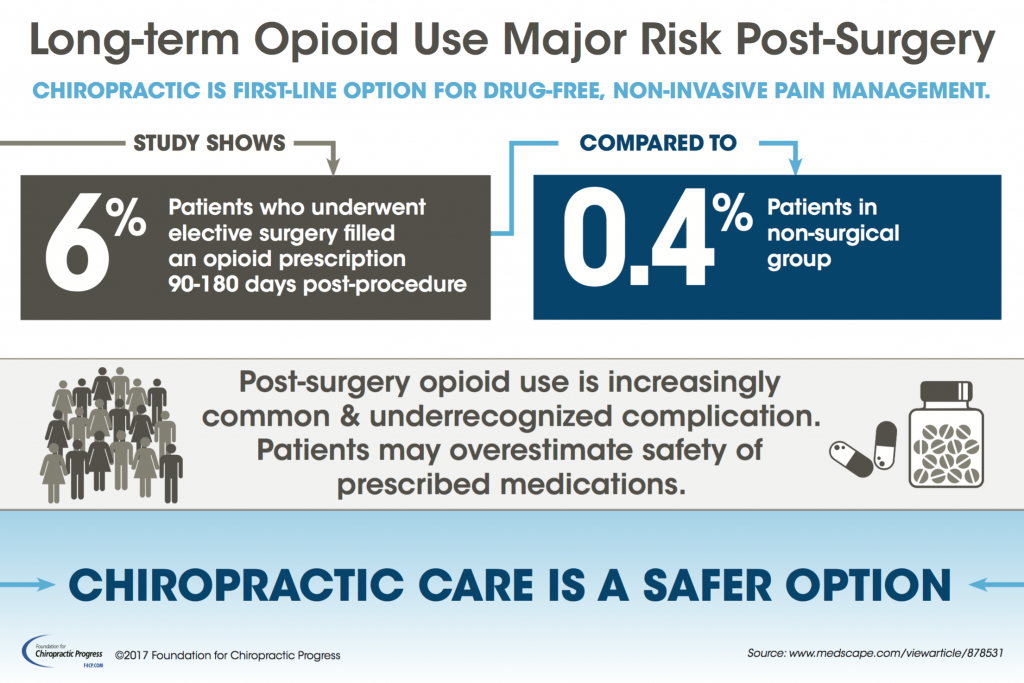Just When You Believe Alleviation Is Near, Soft Tissue Treatment Reveals Its Awkward Truths-- Uncover Why The Procedure Can Be Agonizing Yet Useful
Just When You Believe Alleviation Is Near, Soft Tissue Treatment Reveals Its Awkward Truths-- Uncover Why The Procedure Can Be Agonizing Yet Useful
Blog Article
Authored By-May Thuesen
When you go through soft Tissue treatment, you may find it surprisingly uneasy. visit this website develops as pressure is applied to tense muscles and damaged tissues, triggering your pain receptors. While it can feel stressful in the moment, there's a reason behind this experience. Comprehending what takes place in your body throughout these treatments can assist you value the process. So, what exactly is taking place below the surface area?
The Physiology of Pain Throughout Soft Tissue Therapy
When you go through soft Tissue treatment, your body's response to discomfort is a complex interplay of physiological processes. As the therapist applies pressure, your body triggers pain receptors, sending signals to your brain. This triggers the release of natural chemicals, such as substance P and glutamate, which magnify the feeling of discomfort.
Your muscles may also tense up in reaction, more complicating the experience. On top of that, your body may release endorphins, all-natural painkillers that can aid reduce some discomfort.
The communication in between these procedures can develop an one-of-a-kind experience for each and every individual. Recognizing this physiological reaction assists you browse the sensations throughout therapy, enabling you to value the balance in between discomfort and the capacity for recovery benefits.
The Role of Discomfort in the Healing Refine
Although discomfort during soft Tissue treatment can really feel frustrating, it plays an important function in the recovery process. When you experience pain, your body is signifying that it's working to fix damaged cells. This reaction assists boost blood circulation to the damaged location, supplying important nutrients and oxygen required for recovery.
Additionally, pain can promote the release of endorphins, your body's all-natural medicines, producing a sense of relief post-treatment. Accepting Suggested Internet site can aid you understand your body's limitations and motivate you to attend to underlying concerns.
While it's uncomfortable currently, this process is important for long-term recuperation and improved feature. Recognizing pain as an essential part of recovery can equip you to remain devoted to your treatment.
Tips for Handling Pain During and After Treatment
Handling discomfort during and after soft Tissue treatment can substantially improve your total experience and recovery.
To begin, connect freely with your specialist concerning your discomfort degrees; they can adjust strategies appropriately. Utilizing deep breathing strategies can also aid you kick back and reduce discomfort.
Take into consideration applying ice to the treated location post-session to minimize swelling and numb soreness. Staying moisturized help in the healing procedure, so consume alcohol a lot of water.
Mild extending and light activity after treatment can promote blood flow and simplicity tightness. Last but not least, guarantee you get appropriate rest to enable your body to heal.
Applying these suggestions can make your soft Tissue treatment much more workable and delightful.
Verdict
To conclude, while soft Tissue treatment can be unpleasant, it's important to acknowledge that this pain plays an essential role in your recovery trip. By understanding the physiological reactions at play, you can approach the treatment with a much more positive frame of mind. Bear in mind, the initial discomfort commonly gives way to alleviation as your body releases endorphins. Accept the process, and don't wait to utilize the suggestions for handling pain to enhance your experience and recovery.
